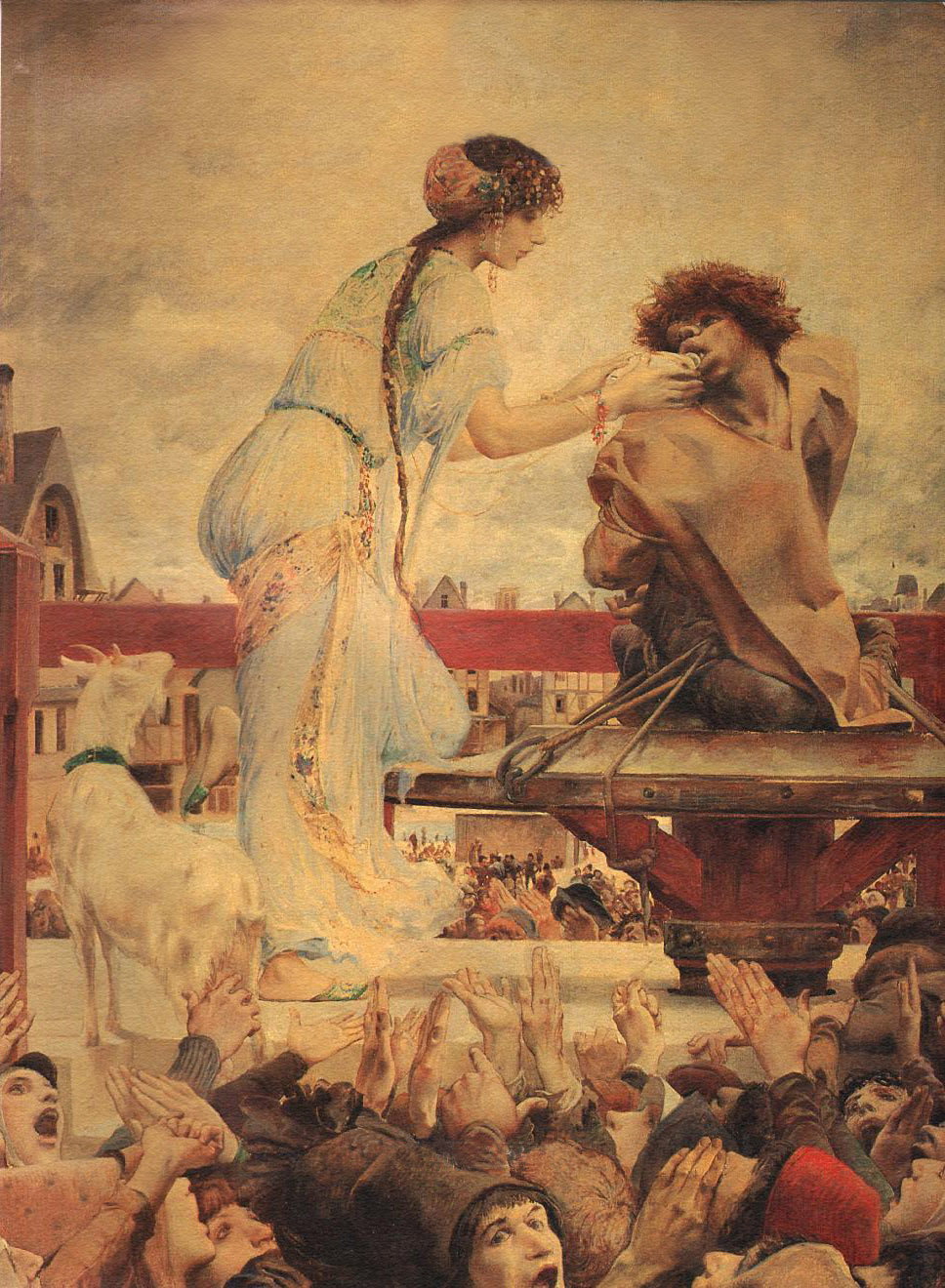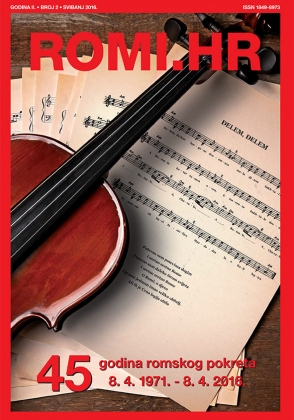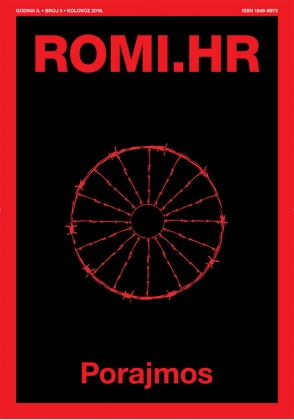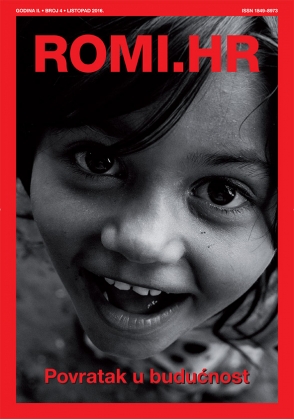Fokus ROMI.HR
/Following the French Revolution in 1789, the French territory was facing many political troubles which lasted until the proclamation of the Third Republic in 1870. During these tumultuous times, the situation of Roma was also really challenging, no matter the kind of political regime. From the spreading of the concept of Nation to the rise of totalitarianism, powerful Europe was more divided and violent than ever. In such a context, Roma in France were trapped in the middle of political games they had to suffer.
During the first half of the 19th century, the living conditions of Roma in France remained similar to the ones inherited from the Enlightenment period and the Revolution. They faced continuous discriminative approach from the authorities and remained scapegoated by most of the population. Nevertheless, in such a politically unstable country, governments were not focusing on Roma people. Thus, their situation remained relatively stable at that time while hatred remained somewhat at an acceptable level.
As illustrated by their depiction in arts, they remained both a fascinating figure for people and the target of many prejudices and stereotypes. The figure of the Bohemian woman was then quite popular, for example in Romantic Literature. The character of Esmeralda in the famous novel by Victor Hugo, The Huntchback of Notre-Dame, is still one of the most well-known fictional Roma figures nowadays. In addition to this masterpiece, the then trendy Travel Literature overused Roma figures, as they were associated with exoticism and freedom. In general, both of these literary genres portrayed an imaginary kind of character, far from the reality of the Roma community. While the Roma figures were often idealized, they still endorsed stereotypes. Despite the glorification of freedom, the social positions of these characters remained deteriorated ones, linked to crime and poverty. Thus, this literature participated in the spreading of already well-established prejudices regarding Roma in France, but also in other European countries like the United Kingdom.
A new wave of Roma migrants at the beginning of the second half of the 19th century brought back the attention of French authorities on the so-called "Bohemians". Following the end of slavery in Moldavia and Wallachia, respectively in 1855 and 1856, many Roma left the countries they were living in for Western Europe. Arriving in France in the 1860s, this poor population was regarded as suspicious by French people while the national ideal was at his highest after the Spring of Nations in 1848. Thus, during the Second Empire (1852-1870) and the rule of Napoléon IIIrd, racism and fear regarding Roma continued to grow.
The real troubles for Roma started with the instauration of the Third Republic in 1870. Following the French defeat against the newly unified Germany, many considered Roma as potential foreign agents, spies or traitors. Even the ones who fled Alsace to remain in France after the annexation of the region by Germany faced this kind of distrust. As their way of life and traditions did not fit with the new political order, Roma were the perfect target to blame for every kind of problems. With the booming of the printed press, the articles using prejudices on Roma flourished. Whether using crime stories or editors’ opinion, targeting the Roma community was a good way to sell more content for money purpose, it also spread hatred in a population already suspicious towards this population. More importantly, the rise of racist anthropology attempting to classify people and nations gave a scientific cover to hatred and discriminations against Roma. For all these reasons, Roma people were considered as eternal foreigners despite their presence in France for several centuries, but also as dangerous criminals who should be controlled with a tight grip.
Then, authorities decided to strengthen the jurisdiction targeting this specific population. Until then, the policy regarding Roma in France was an attempt to force this population to either settle and integrate into the national community, or to leave the country. But by the end of the 19th century, a change of paradigm was operated as more and more politicians considered that the integration of Roma was impossible. While some figures advocated “to eliminate them”, most of them decided to create an effective control of Roma and Travelers. Despite some regulations like the first circulation booklet introduced in 1810, Travelers remained relatively free until the end of the century. The first noticeable action was a general census of “nomads, bohemians and vagabonds” in 1895. In 1908, Georges Clemenceau, one of the main politicians of that time, proposed to create specific administrative documents for Bohemians and created mobile police units to photograph nomads for identification purpose. Following this logic, in July 1912, the “anthropometric booklet” became mandatory for every Roma at the age of 13. This document illustrates the fear of the authorities regarding this community. The amount of data provided in this booklet showed that the authorities believed in the prejudice of the criminal Roma. Indeed, these documents were created following the recommendations of the Bertillon system, named after a police officer who used physical measurements as a scientific way to identify criminals. With such a tool, political authorities were able to follow any movement of Roma and other Travelers, as they had to register wherever they went. Finally, every vehicle used by them had a special plate to facilitate their identification by law enforcement forces.
When the First World War started, the repressive system against Roma was already established. In Alsace and Lorraine, on the frontline between France and Germany, many Roma were arrested and sent to camps created to control foreigners and other suspects. Moreover, a significant number of French Roma who fled the region after the defeat in 1871 were also arrested. Because of the prejudices and the suspicion, French troops considered the Roma living there as potential traitors. Seventy camps were built in France, mostly in the South and West, far from the fights. There, some families were separated and food was rationed. Depending on the kind of camps, restrictions were different. Nevertheless, life in these places was far from reaching the horrible rules and privations which prevailed in Nazi camps during the Second World War. While some people were released during the war, many of them stayed in these camps until the Treaty of Versailles in 1919. Similar structures existed in other European countries involved in the conflict. Despite not being well known, this episode can be seen as the premise of the terrible tragedy of the Second World War.
After the world conflict, the situation of Roma and Travelers continued to worsen, pursuing the logic that prevailed before. Binational cooperation to limit the freedom of movement of Travelers was enforced, as well as some new discriminative laws. In a context of global hatred against them for many years, Roma people from France and the rest of Europe managed to keep their culture and way of life existing. However, the tragedy was yet to come as the rise of totalitarianism engulfed the world in a second major conflict.
 Povratak na Fokus
Povratak na Fokus













